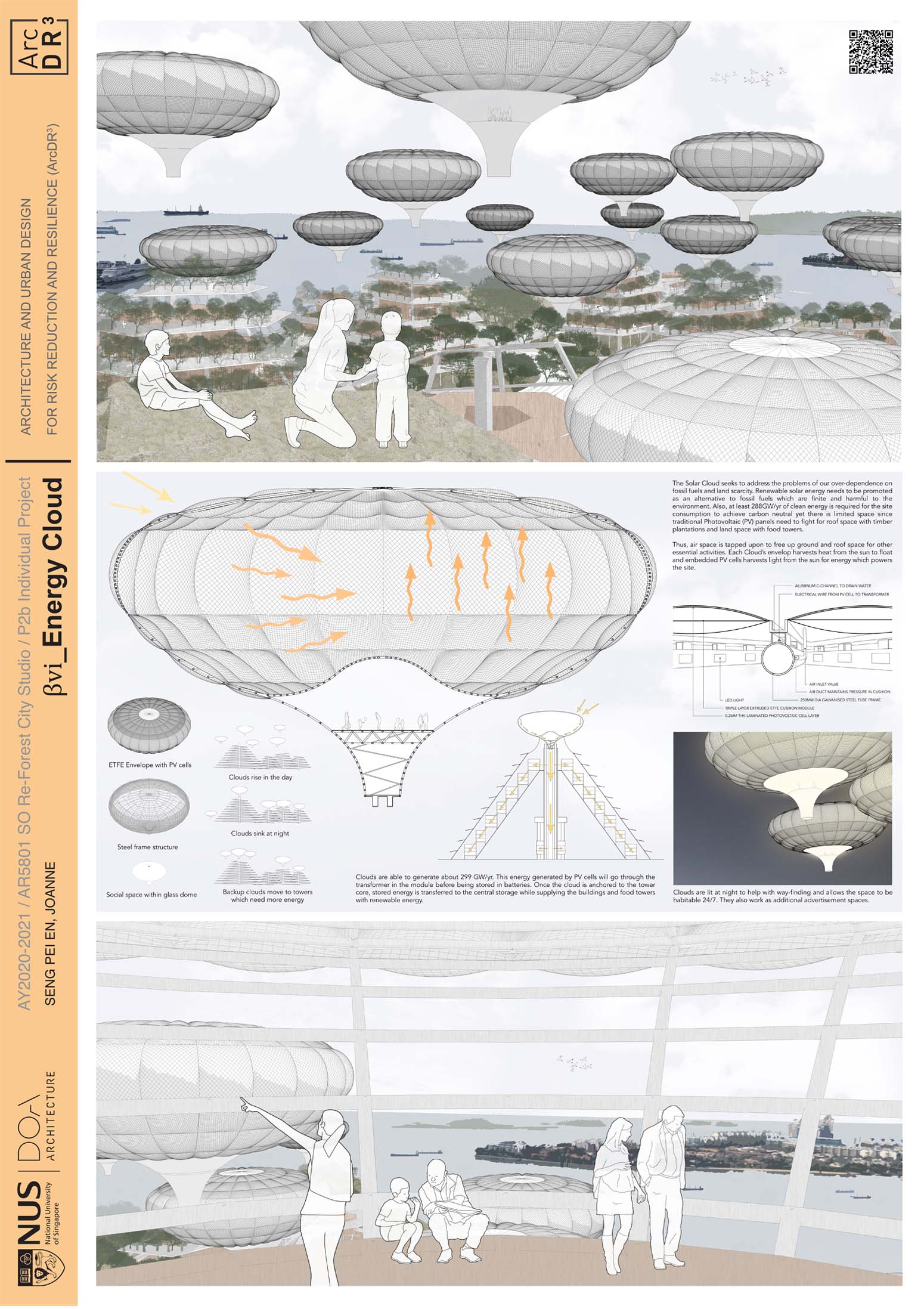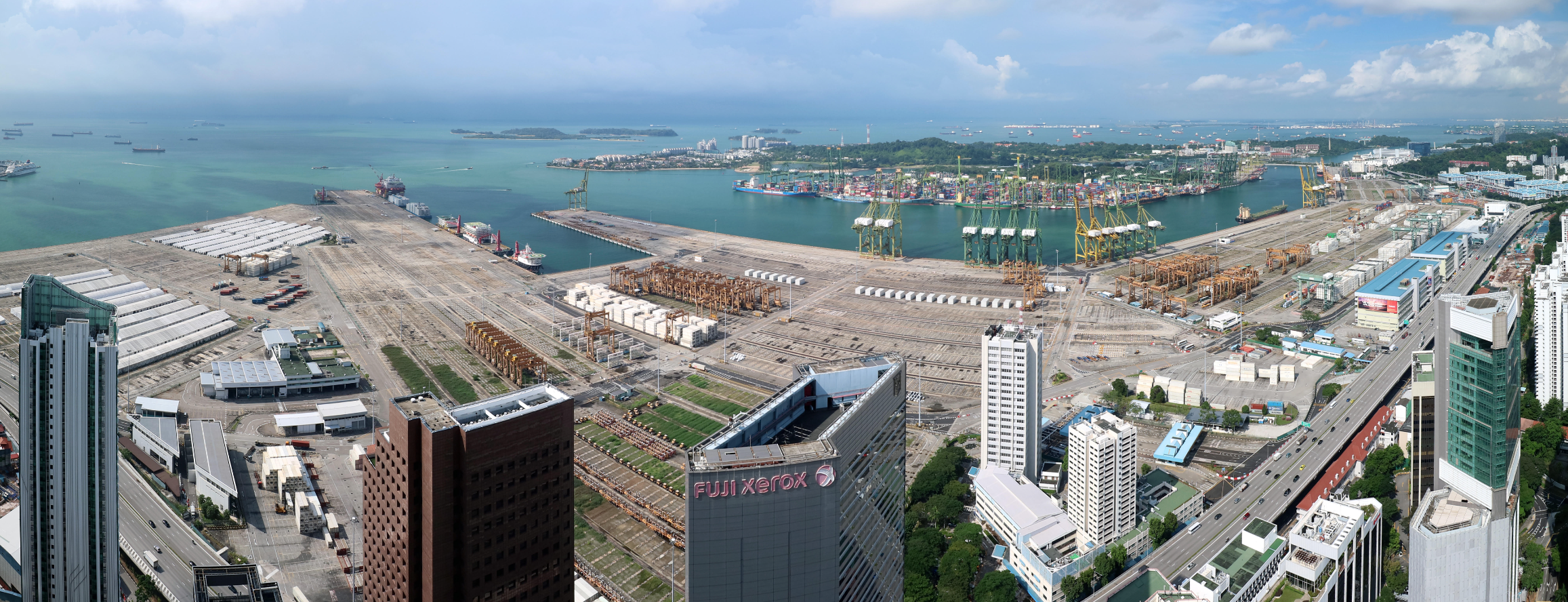
The world climate is changing. The irreversible departure from the bounds of a country’s old climate has been coined as ‘Climate Departure’. Caused by the build-up of greenhouse emissions, climate departure poses a threat to not only biodiversity, the territorial boundary between sea and land, but humans as well if left unattended to. Tropical climate zones, where Singapore is located, are projected to experience this impact the earliest. Daily mean temperatures are projected to rise by 1.4 to 4.6°C towards the end of this century. The contrast between the wet months and dry months are likely to become more pronounced. To remain resilient, Singapore needs to be able to cope with the impact of changing weather patterns.
At COP21 in 2015 in Paris, Singapore commits to reduce carbon emissions by 36% from the 2005 level in next 15 years, as an initiative to mitigate global warming. In alliance with this initiative, the Re-Forest City studio for ArcDR3 challenges various factors affected by the Climate Departure, focusing on design and research efforts on investigating the relationship between environment, territory, and architecture located in the wet tropical region of South-east Asia; our works are specifically focused on the interface between atmosphere and architecture, nature and urbanism, water and landform. The ambition is to develop design strategies for architectural/urban forms and landscape organizations that are not in opposition to the environment – a fundamentally important shift in conceiving the built environment today. As such, the studio is to explore resilient symbiotic relationships between nature and urbanism.
Thanks to our year-round sunlight, our tropical plantation species may grow up to several times faster than the ones in a temperate climate, thus may significantly contribute to the carbon sink nationally, regionally, and globally. The Re-forest CityTM studio is to investigate possible architectural/urban frameworks and interventions between controlled/uncontrolled greenery and human habitat that could host diverse clusters of natural and human ecosystems within respectively. While Singapore is a little red dot at the equator, by demonstrating possible symbiosis between contemporary lifestyle and natural environment, it may encourage the neighboring nations to protect and further promote the forestry in the regions. This way we hope the necessary economic development in the region should not burden the remaining natural resources and encourage all of us to increase the liability while enhancing the natural ecosystem simultaneously.
Tanjong Pagar port, Greater Southern Waterfront Area, Singapore
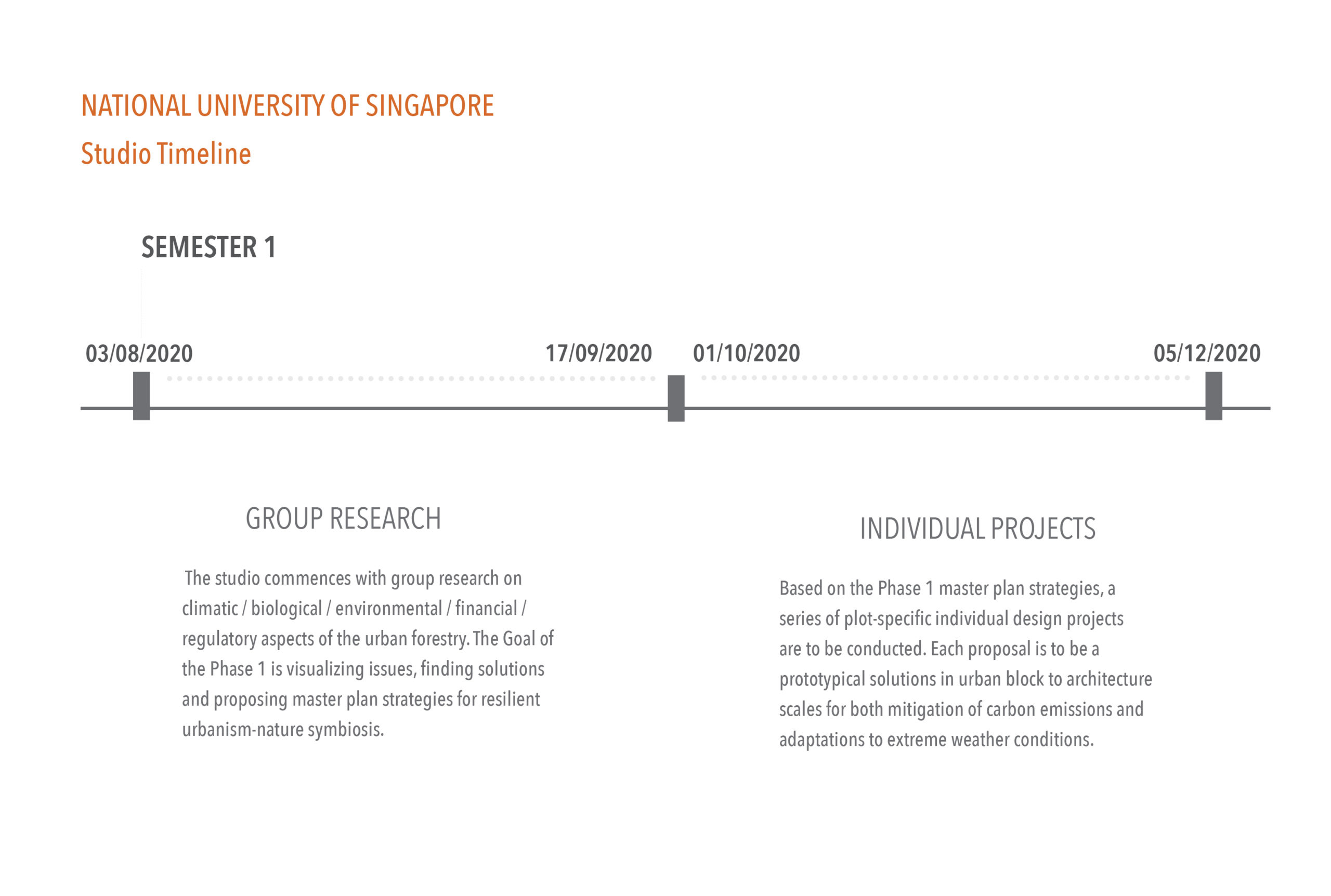
Students:
Sarah Wong Si Min
Cho Bong Jun
Lin Hao Zhen
Seng, Pei En Joanne
Bryan Mah Chee Chew
Ong Ting Fang Anthea
Mirrah Najihah
Harry Lam
Megan Gwee Su-Lyn
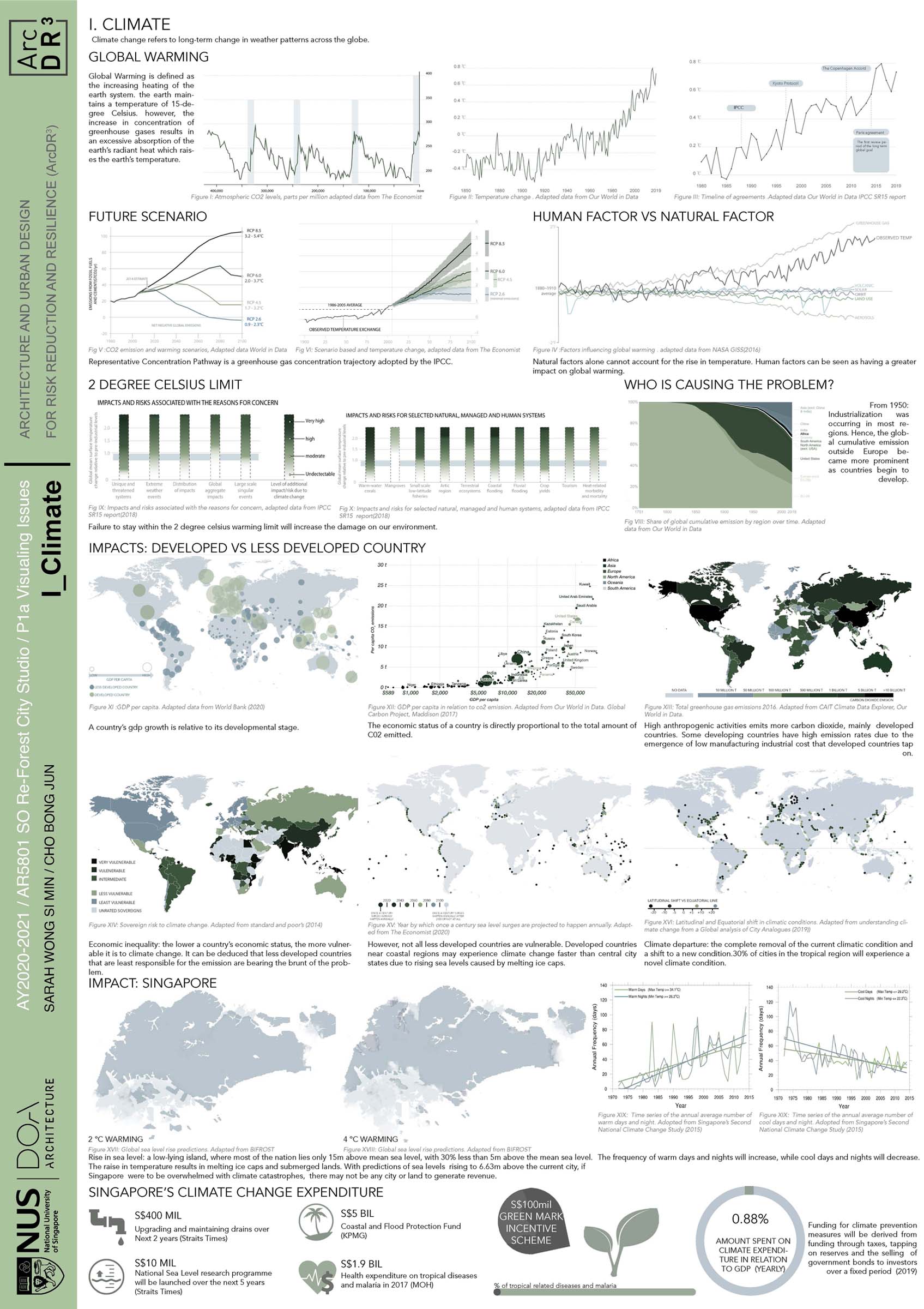
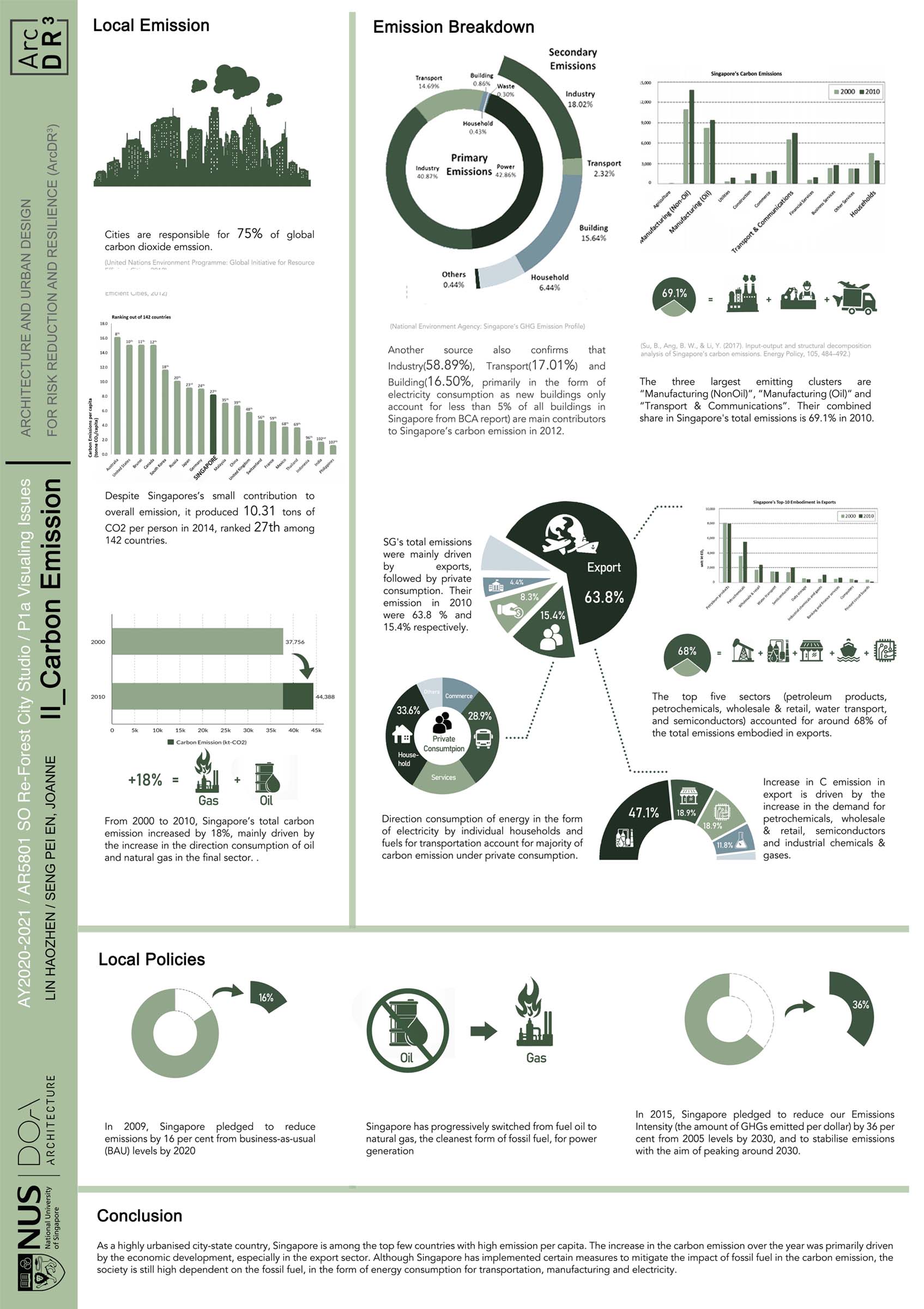
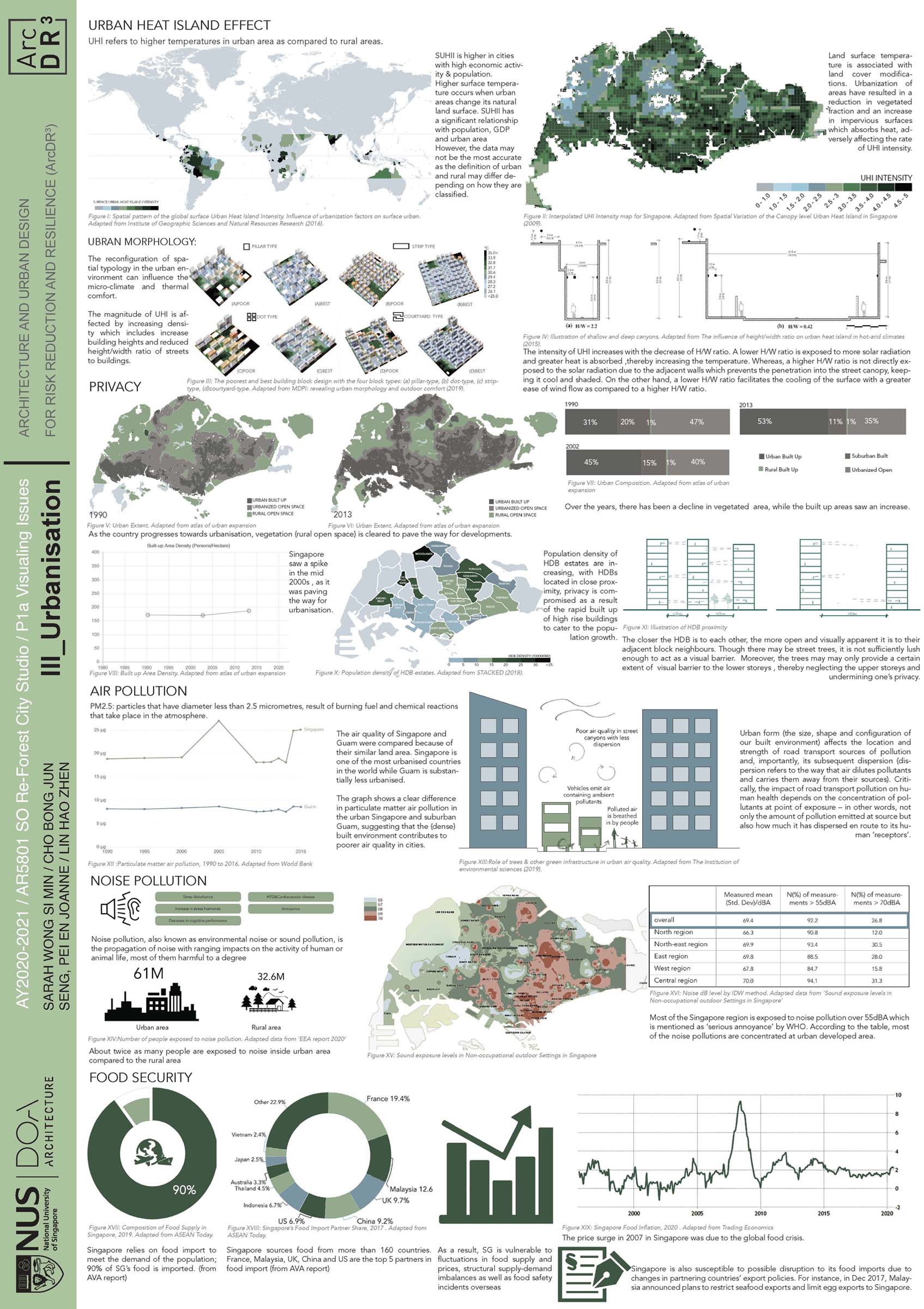
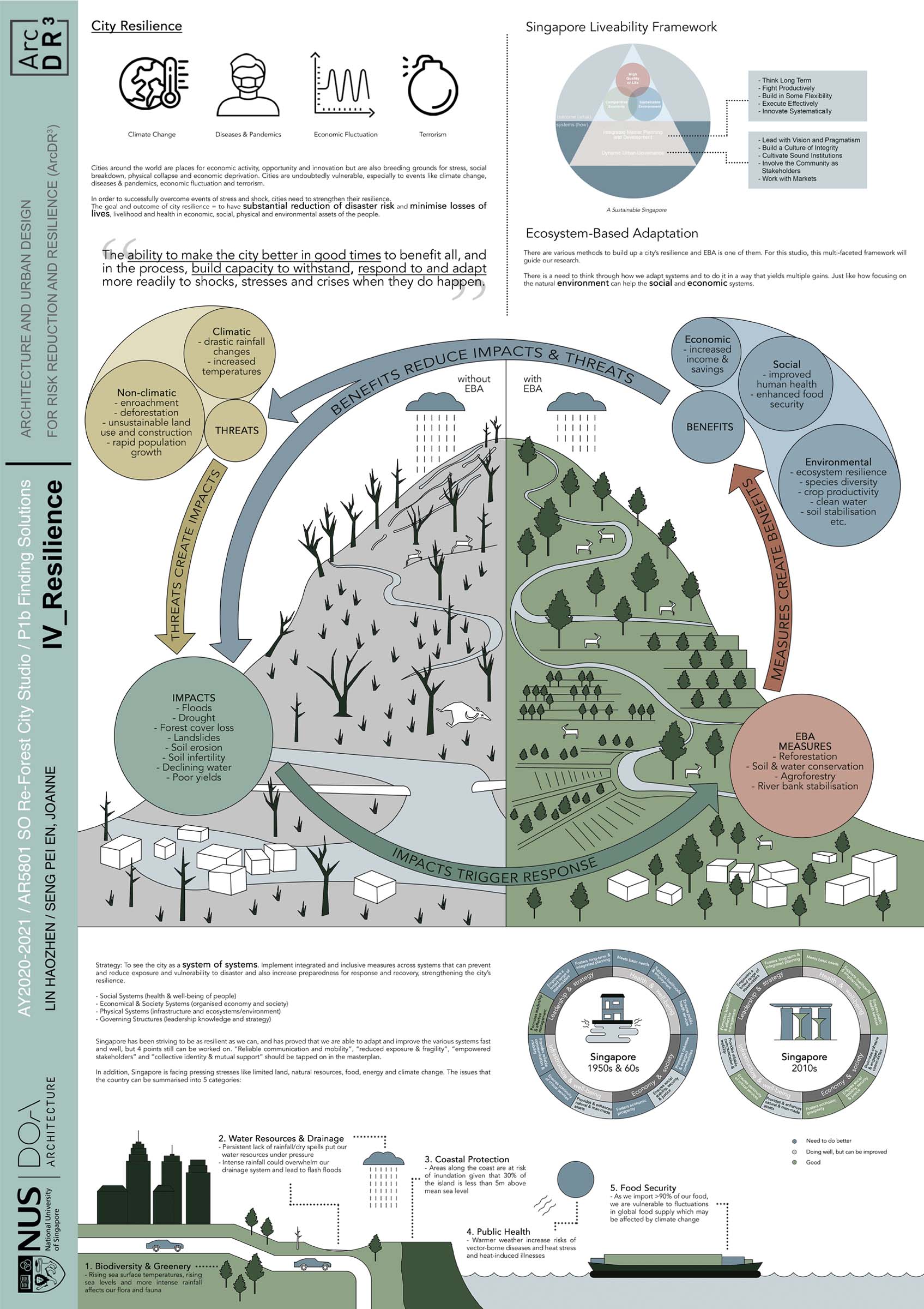
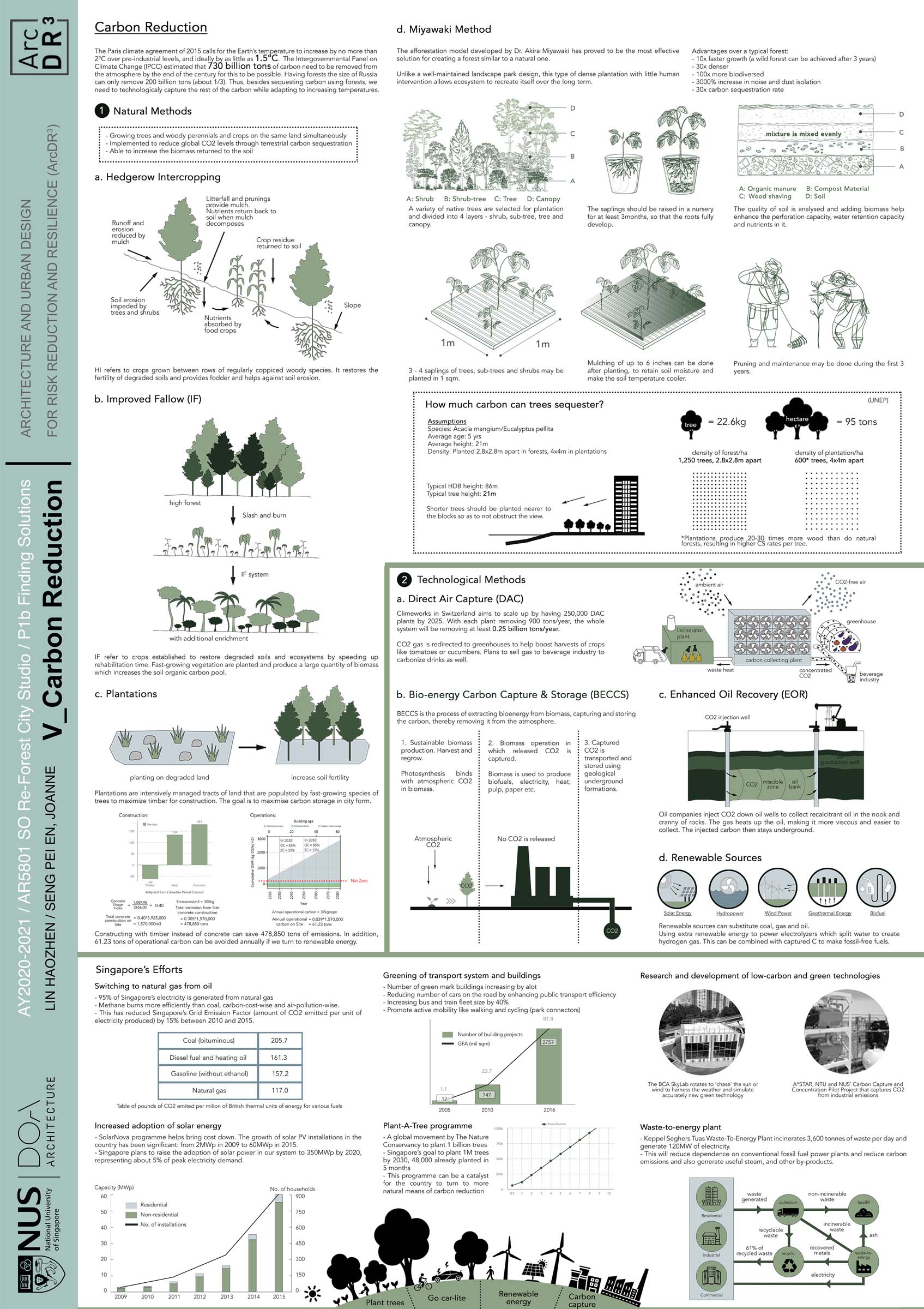
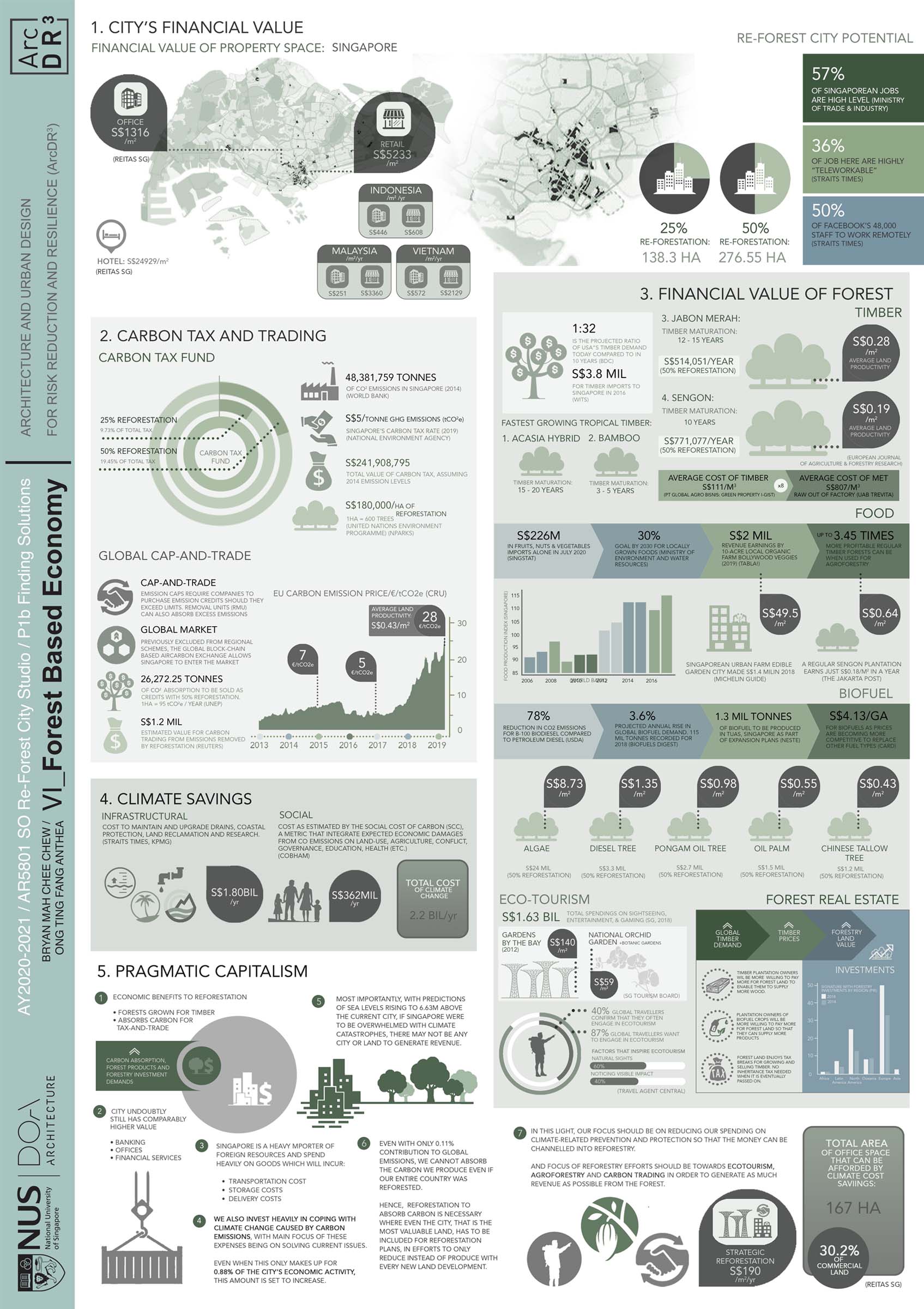
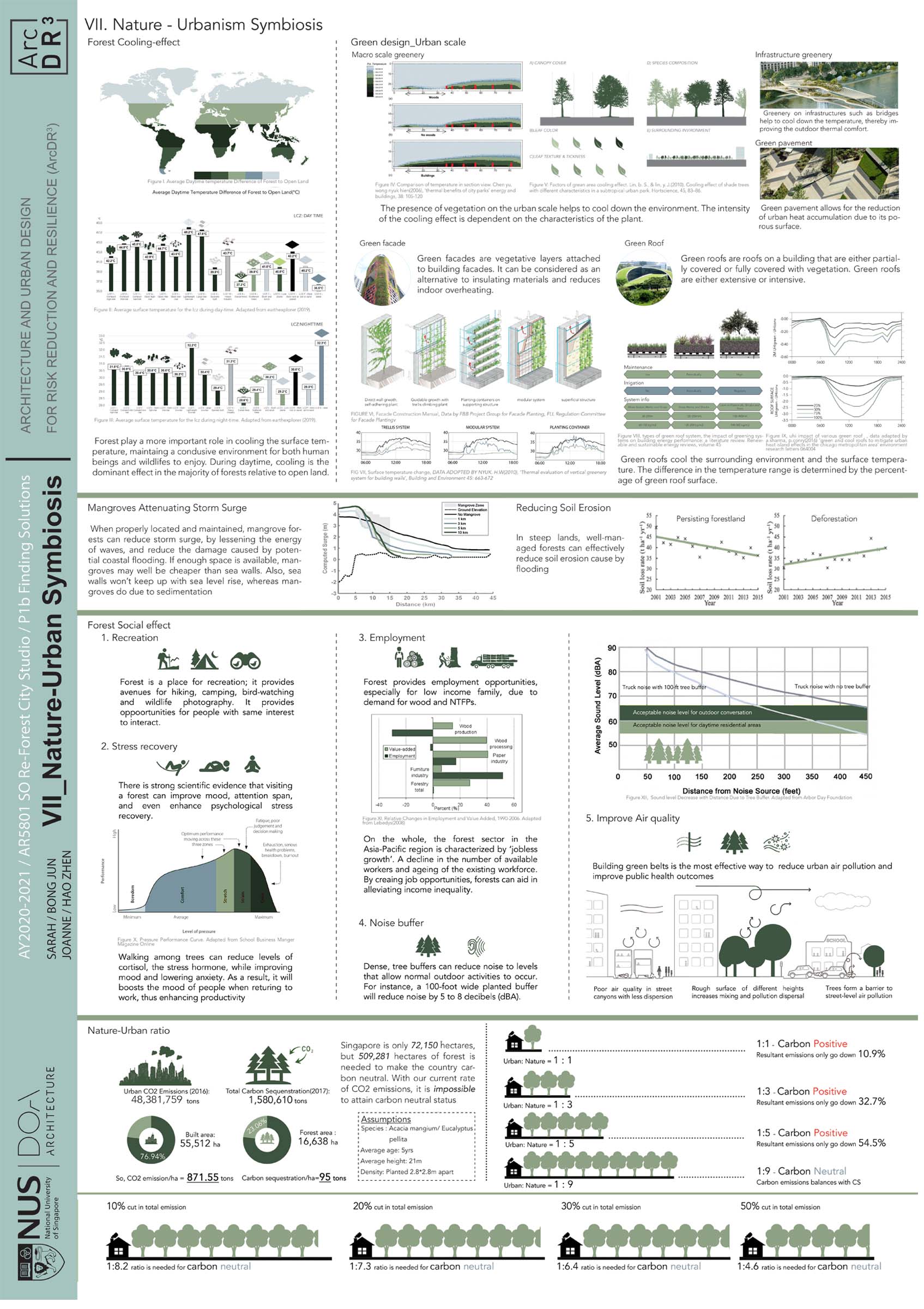
Students:
Ang Hui Ying
Bryan Mah Chee Chew
Ong Ting Fang Anthea
Mirrah Najihah
Harry Lam
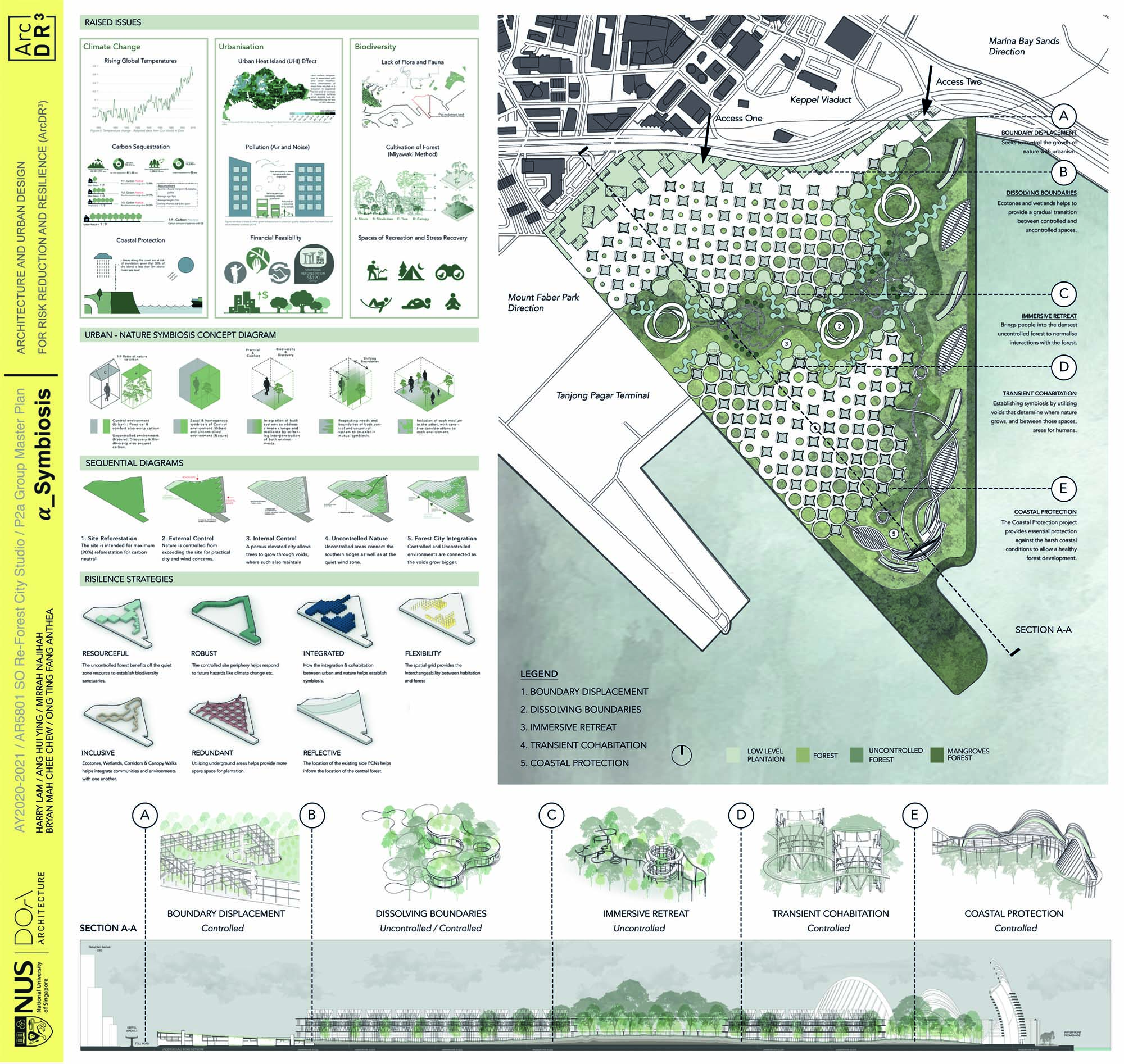
Ang Hui Ying
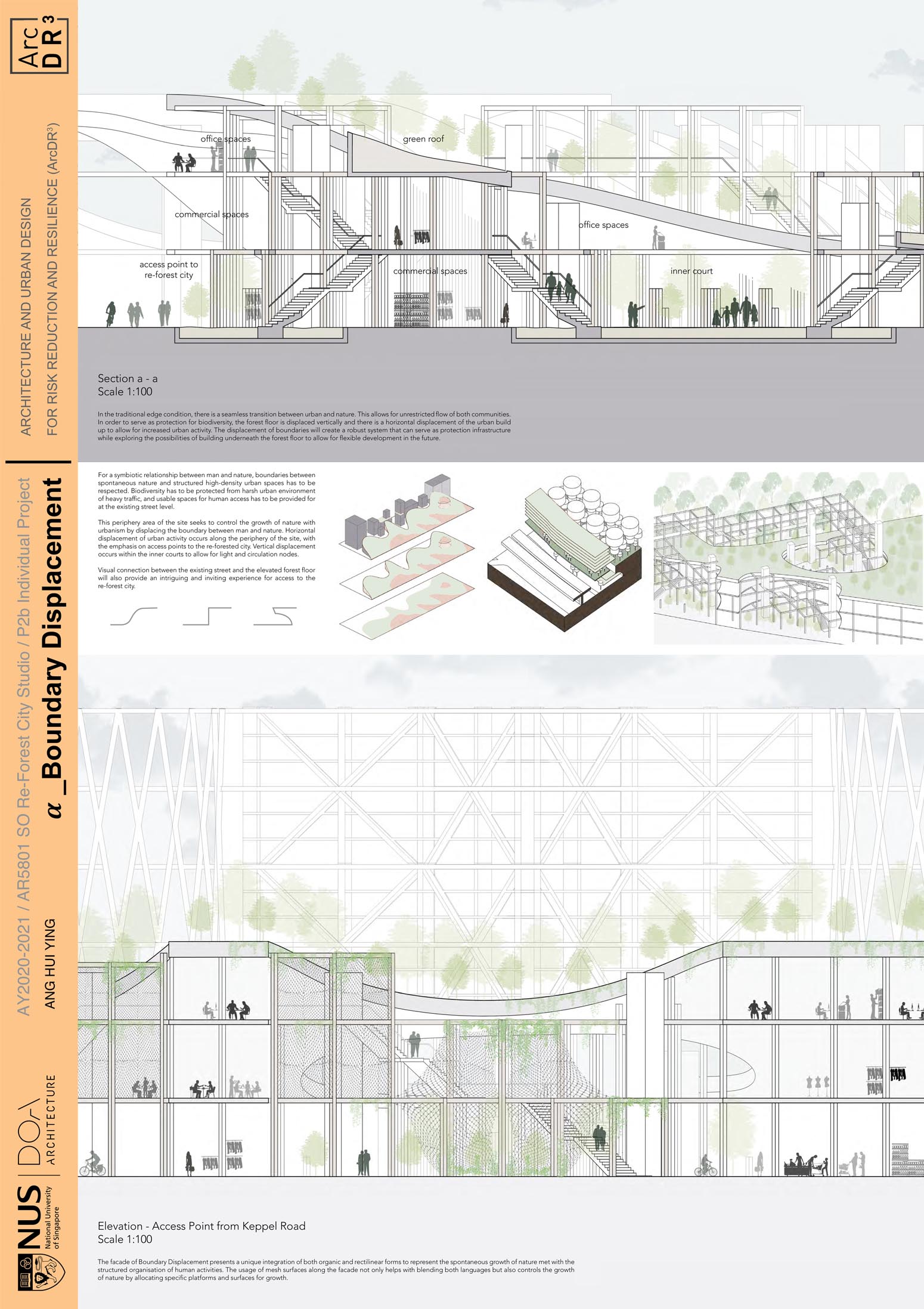
Bryan Mah Chee Chew
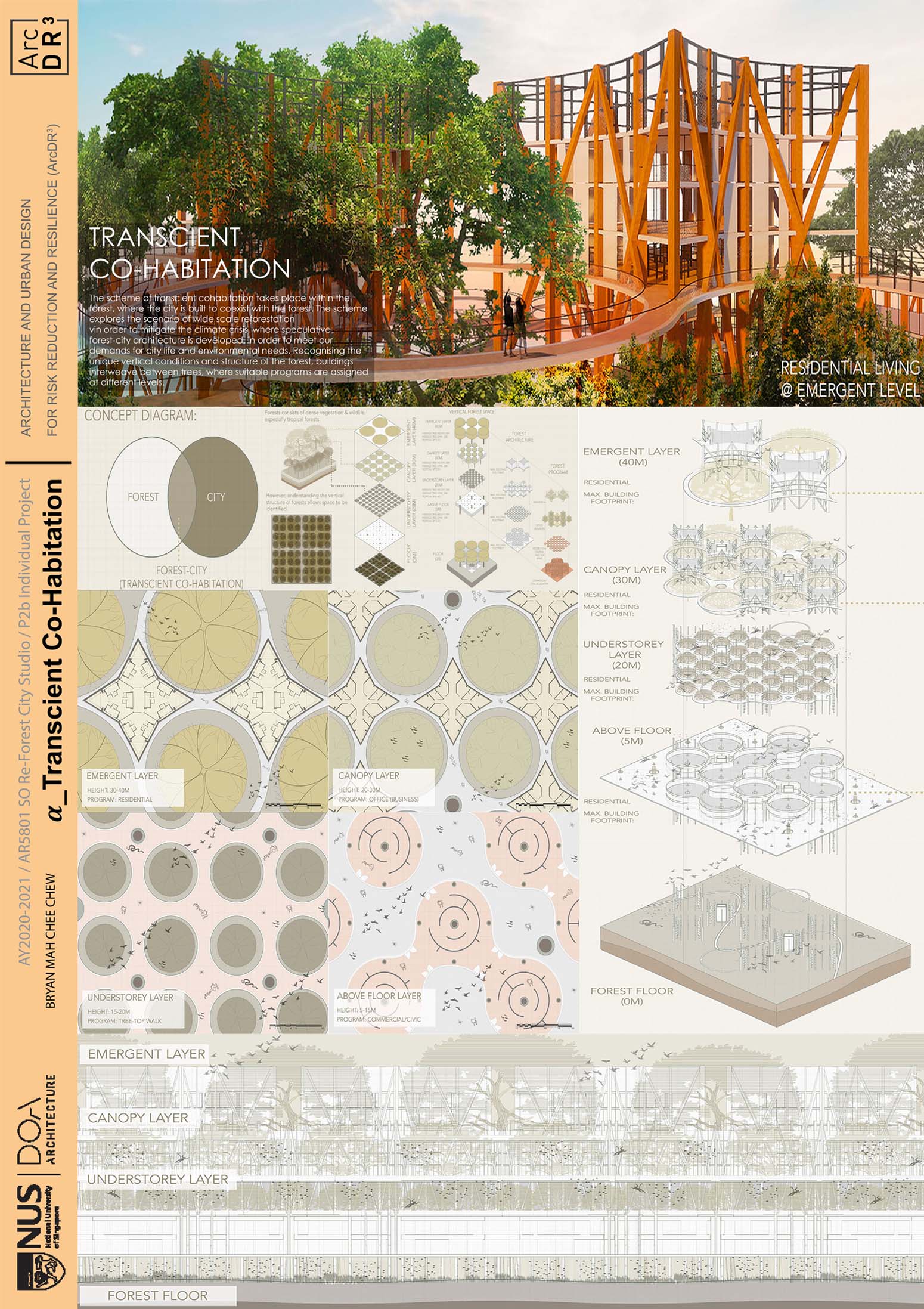
Mirrah Najihah
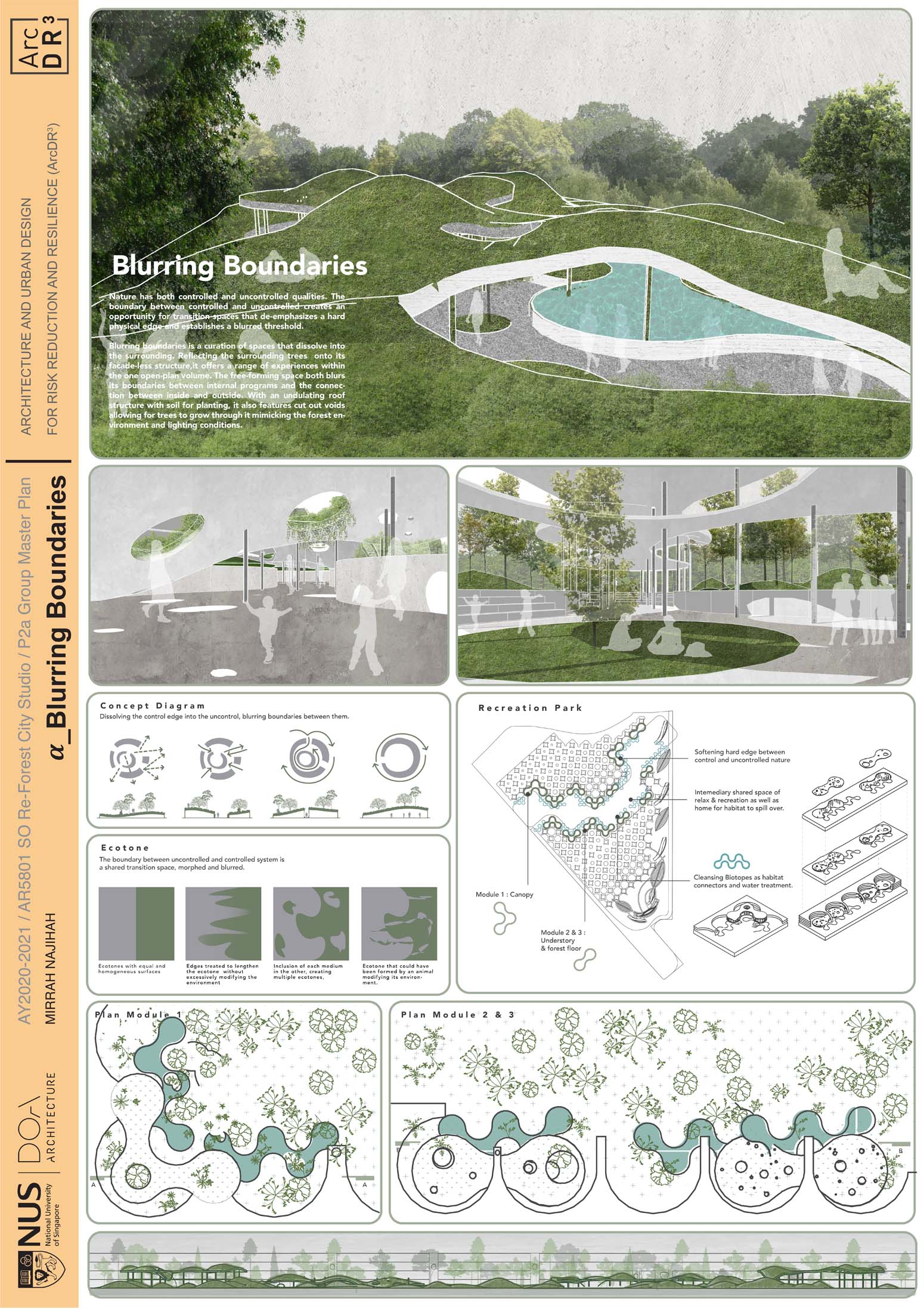
Ong Ting Fang Anthea
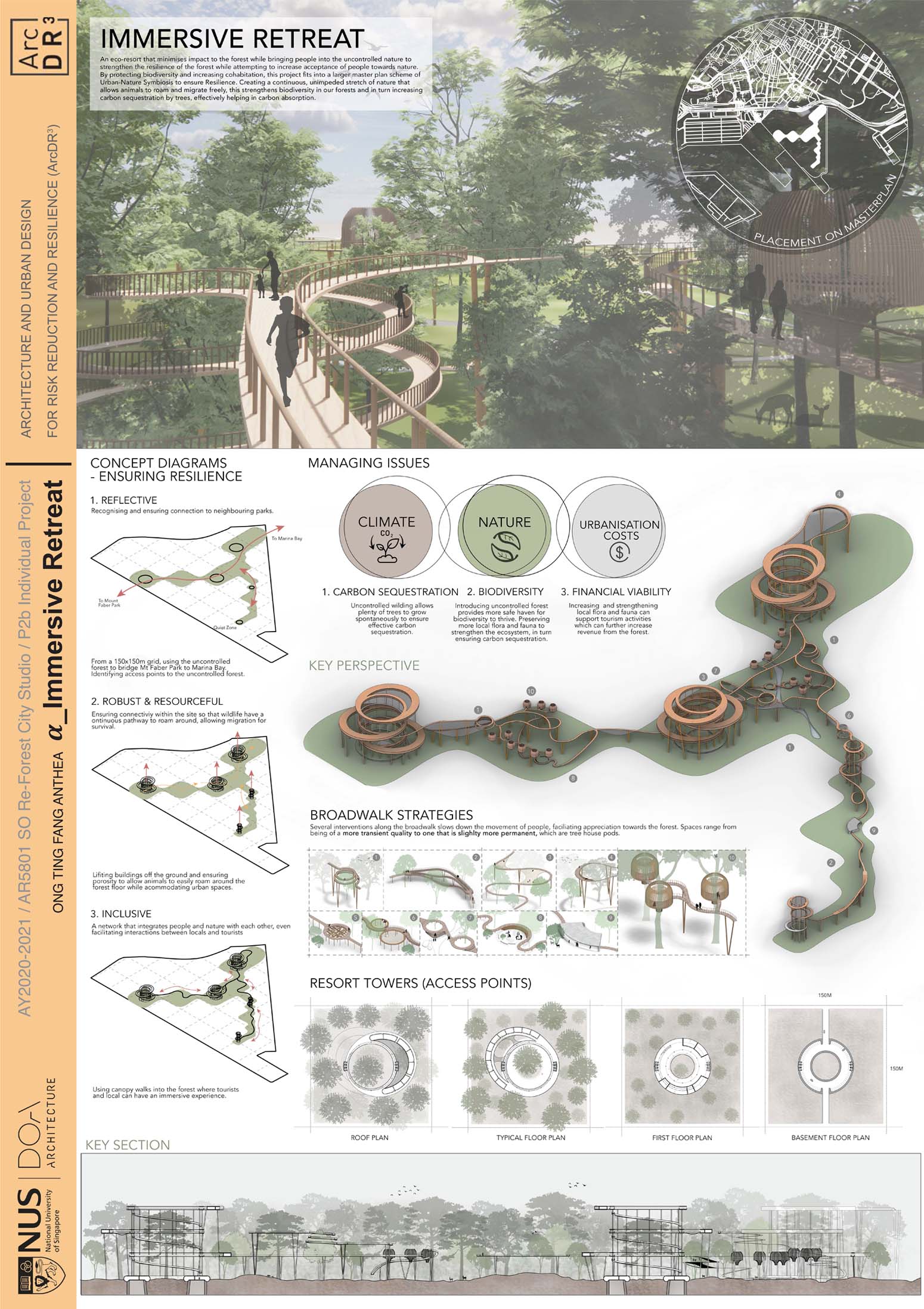
Harry Lam
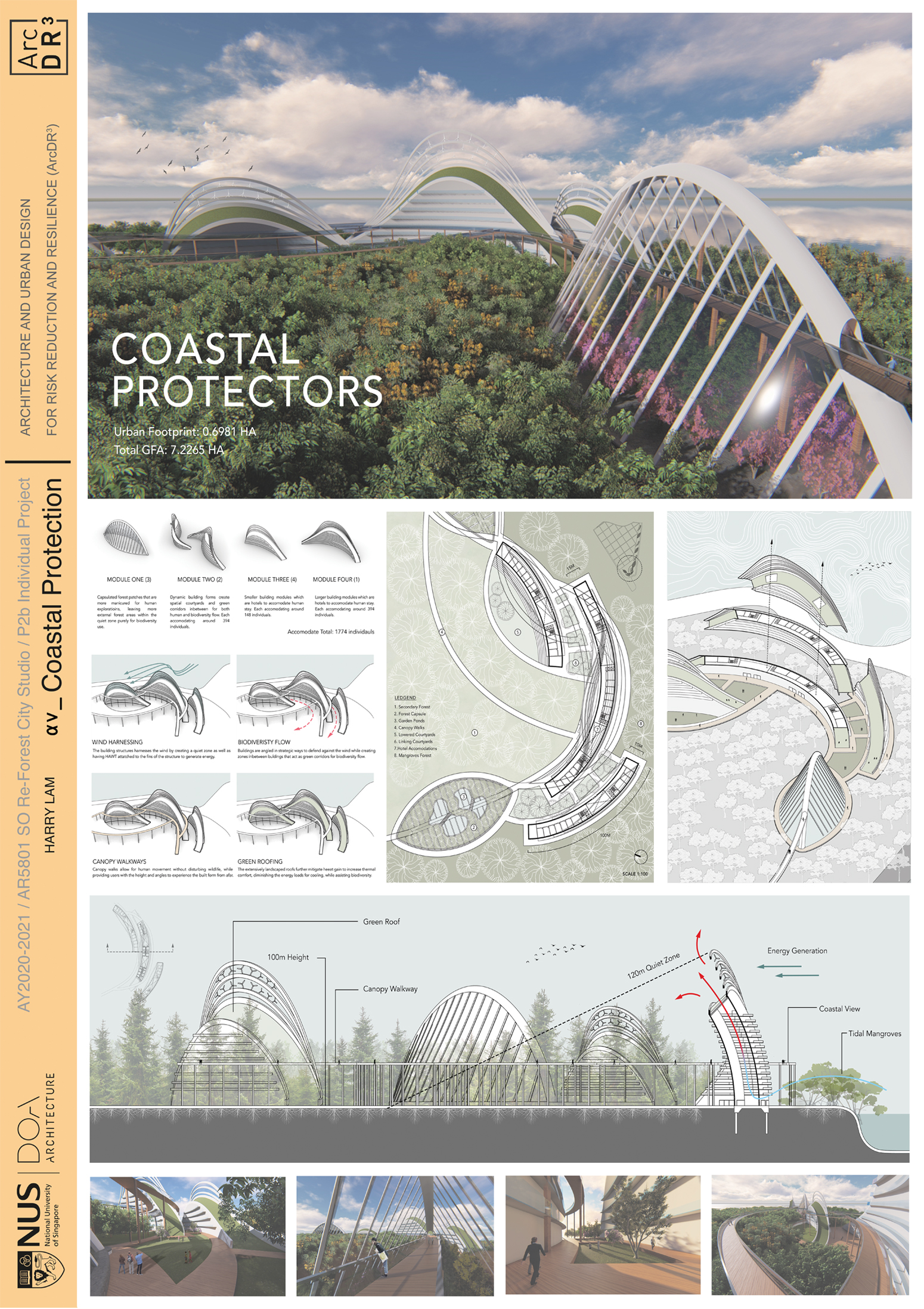
Students:
Cho Bong Jun
Joanne Seng
John Sung
Lin Haozhen
Megan Gwee
Sarah Wong
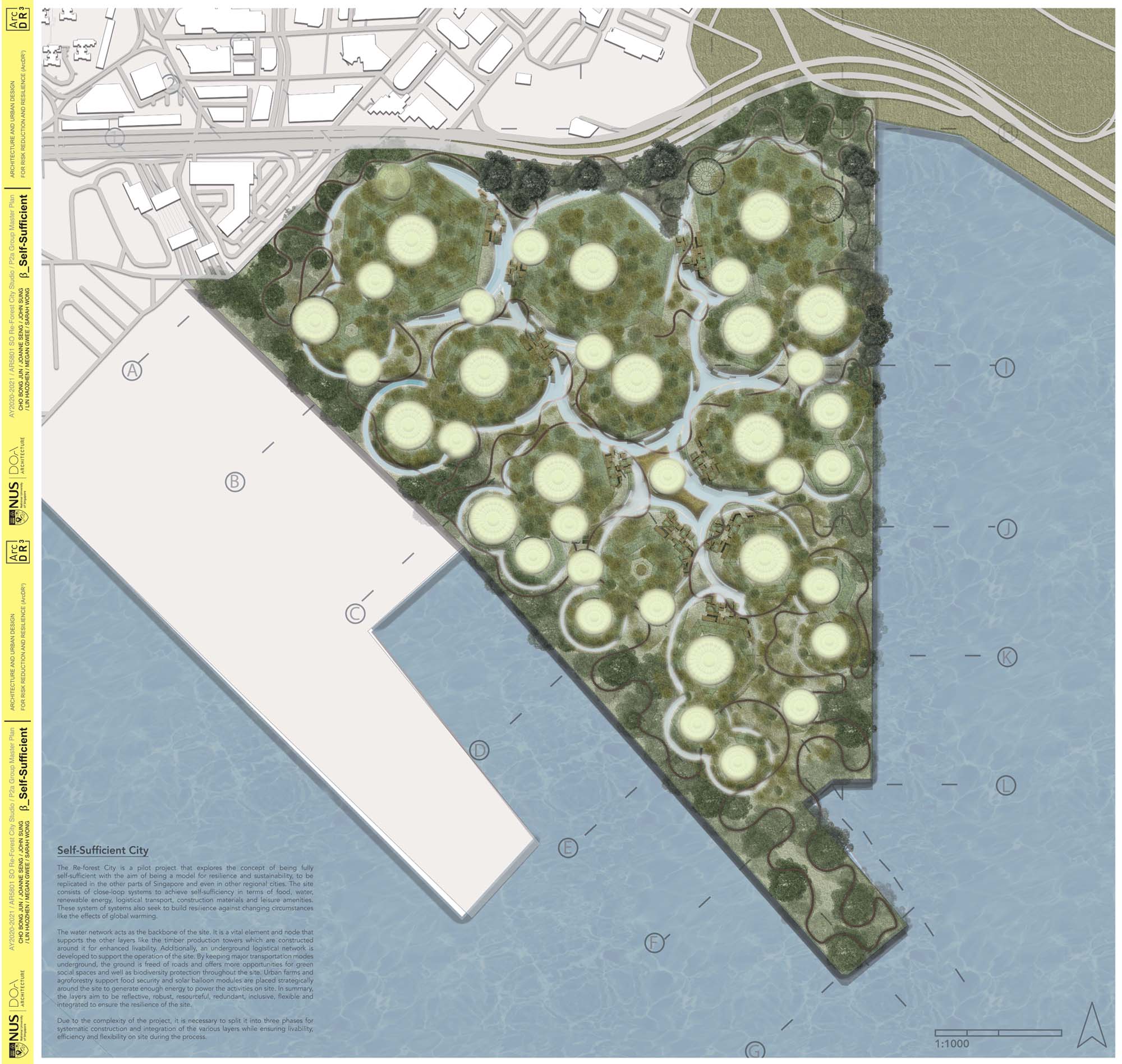
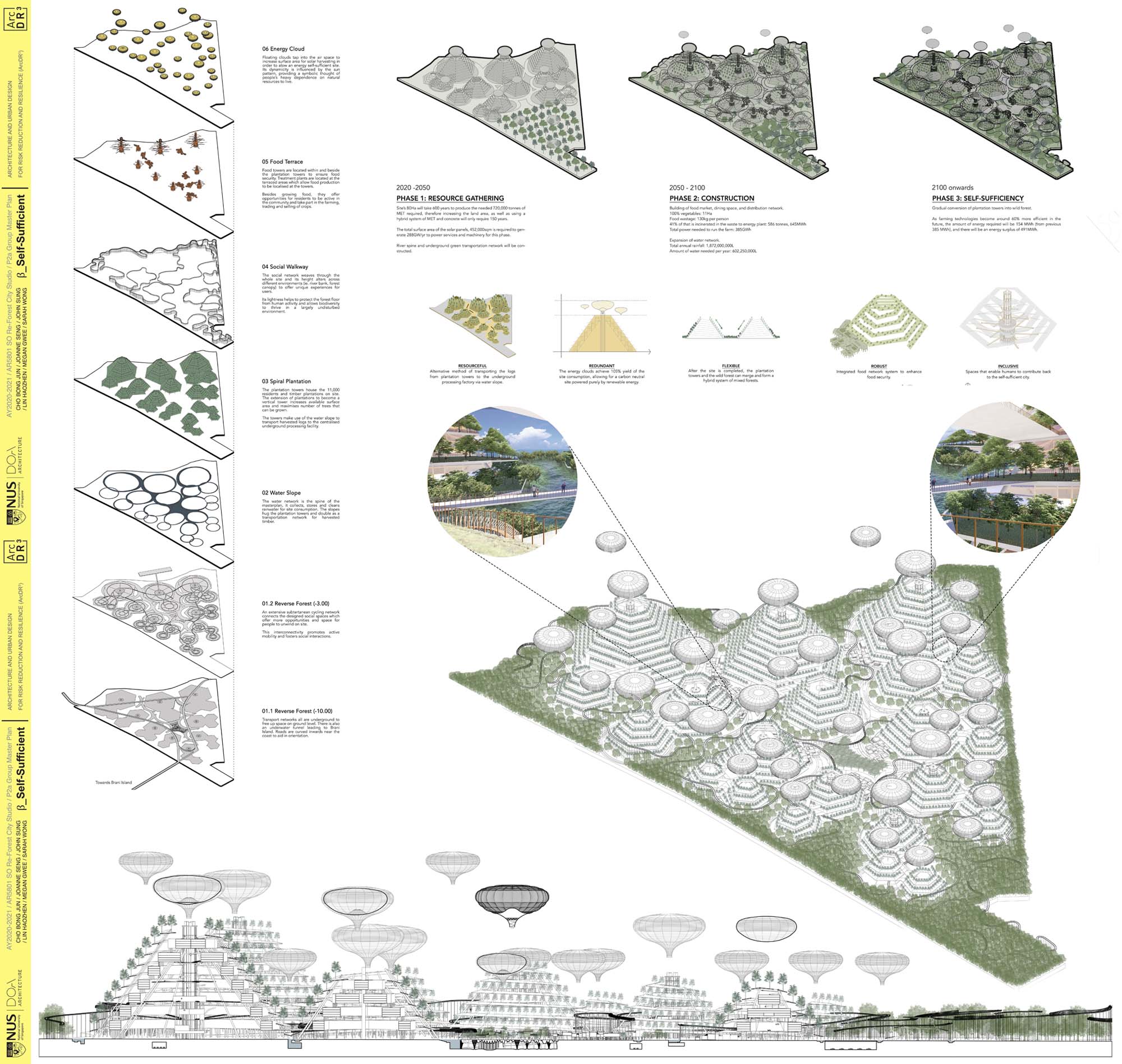
John Sung Jian Wei
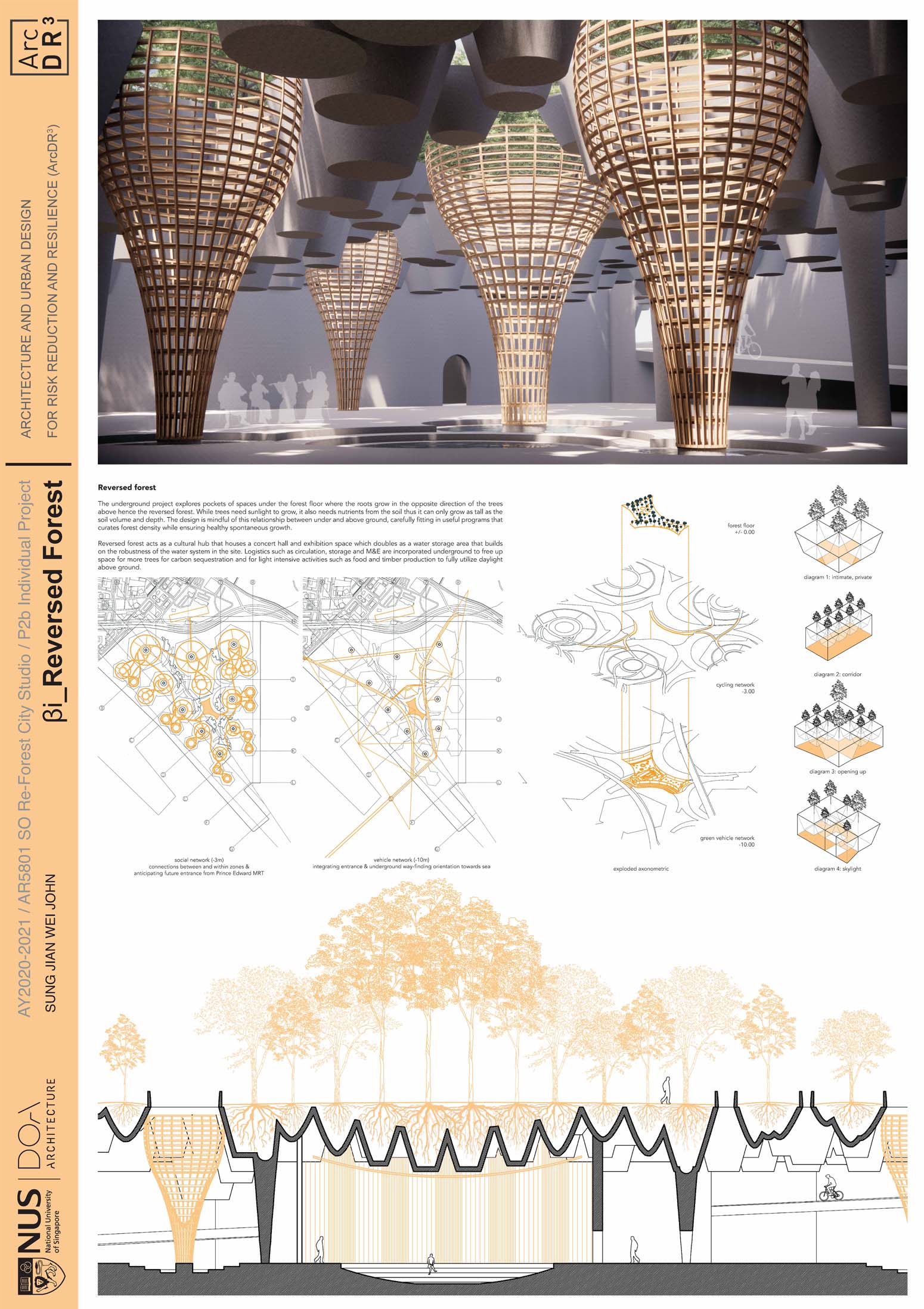
Cho Bong Jun
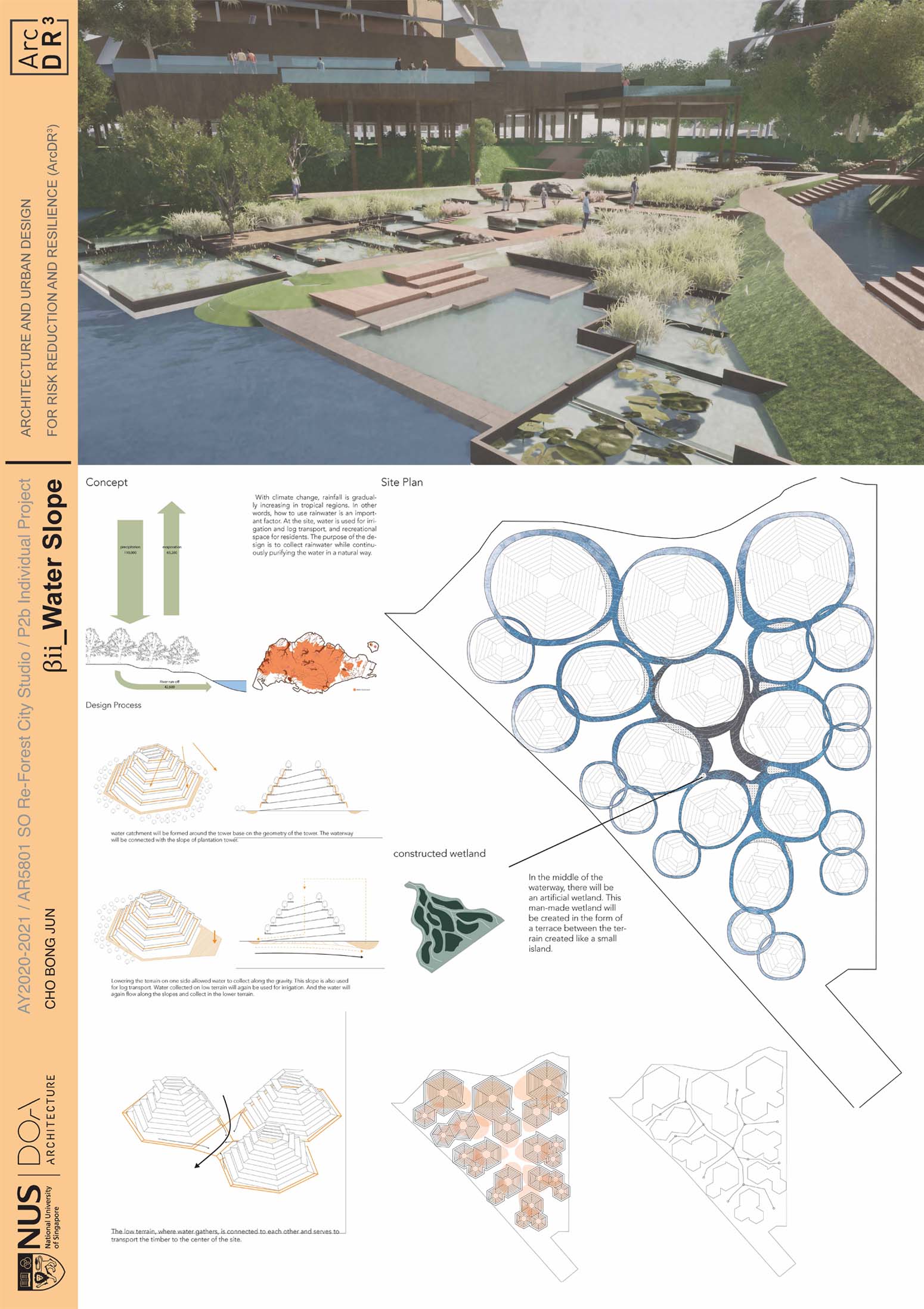
Lin Haozhen
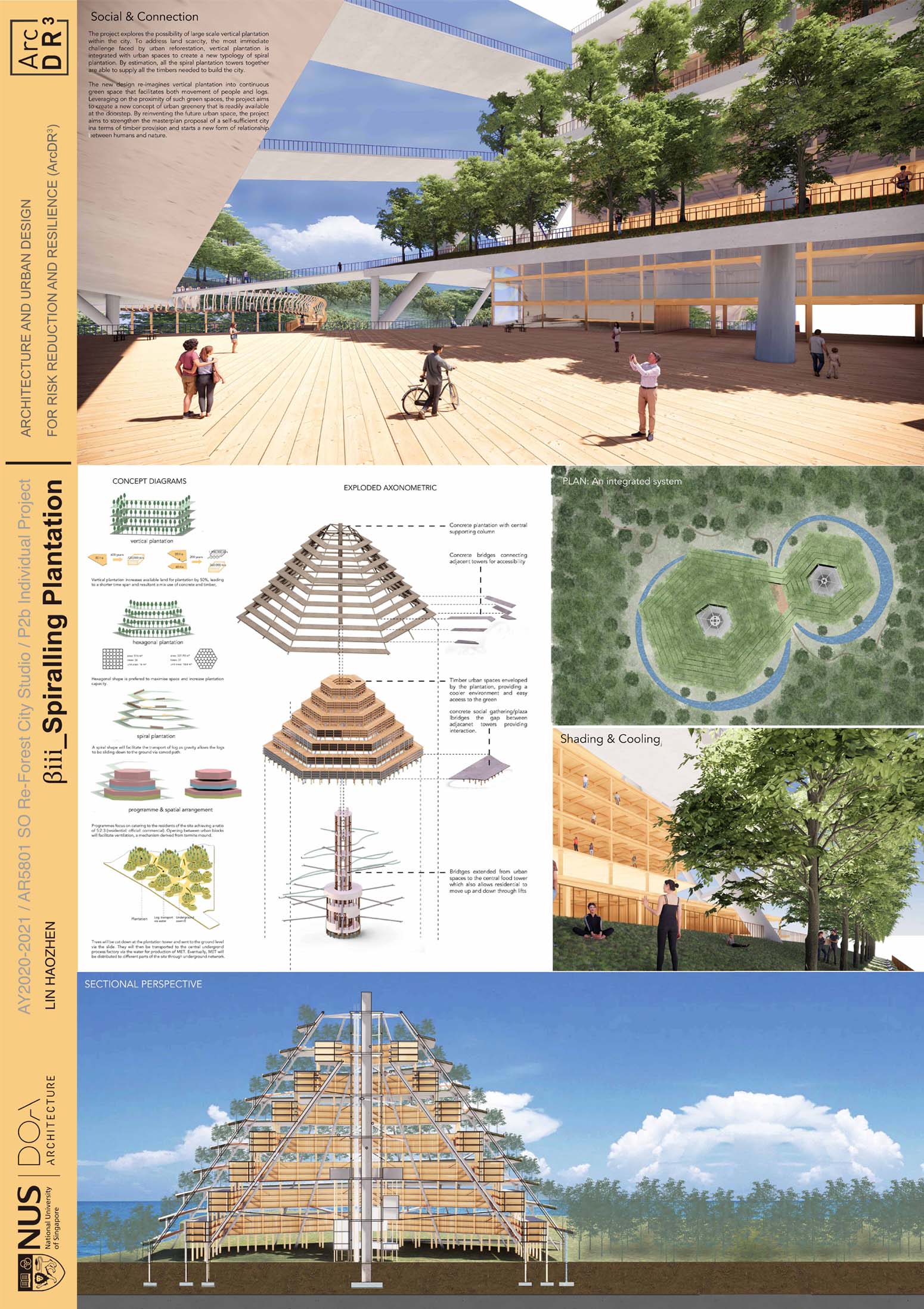
Megan Gwee
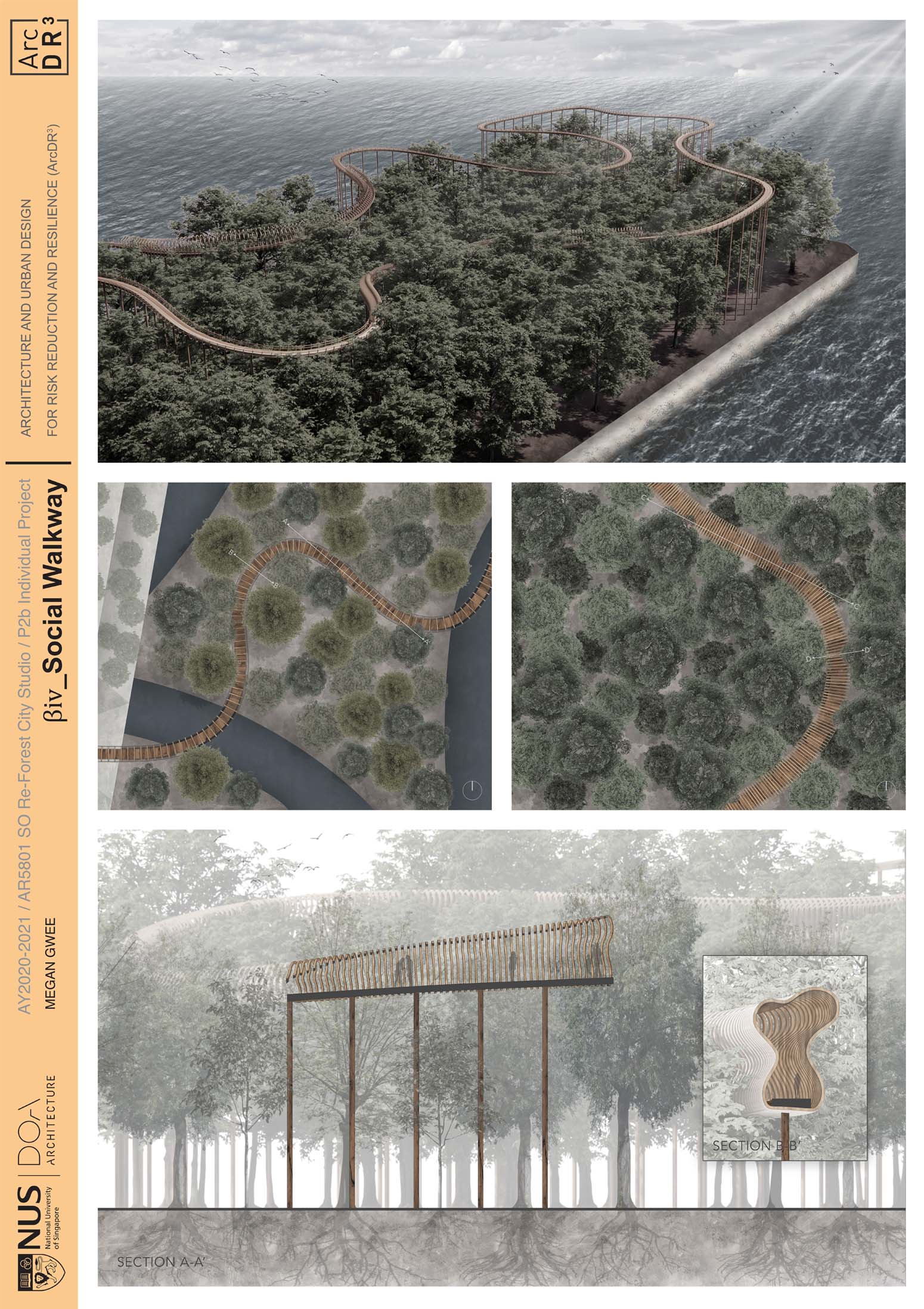
Sarah Wong Si Min
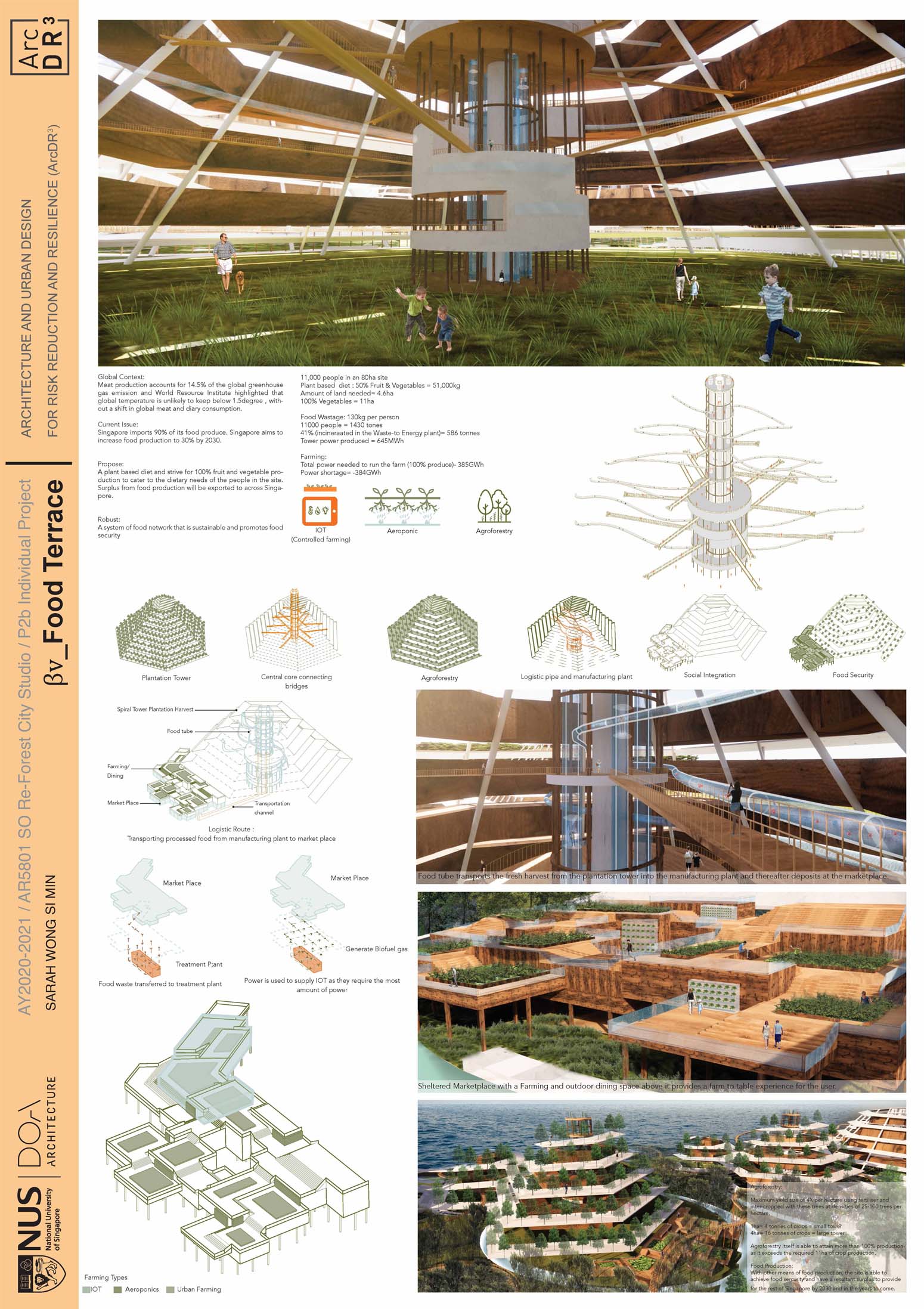
Joanne Seng Pei En
